Login into the OpsPi Platform as an End-user. You will land on the OpsPi Dashboard.

Click on the option “Quick Start” under “Hosting Controls”.

Enter the required details. Domain name, choose to create FTP Account and Database Account.
Enable Mail services and add at least one email ID. Then Submit
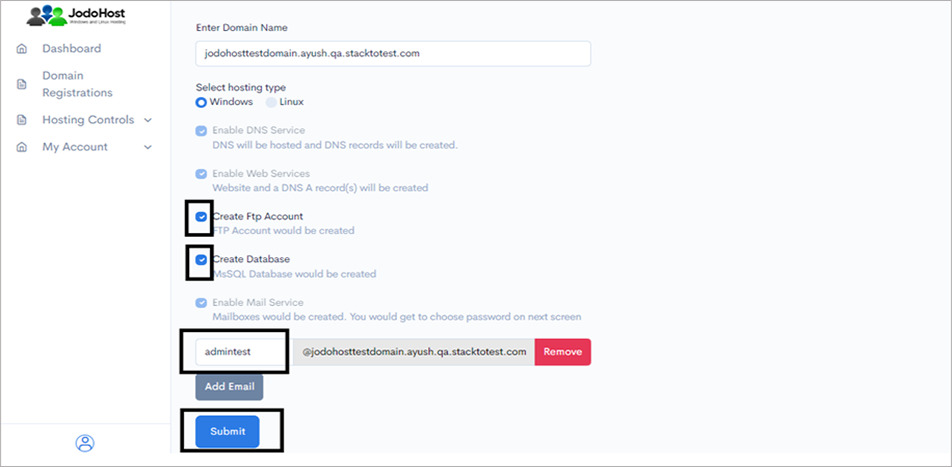
You will enter the Wizard page. Please wait for a few moments and click on Refresh button to find the status of all your services complete.
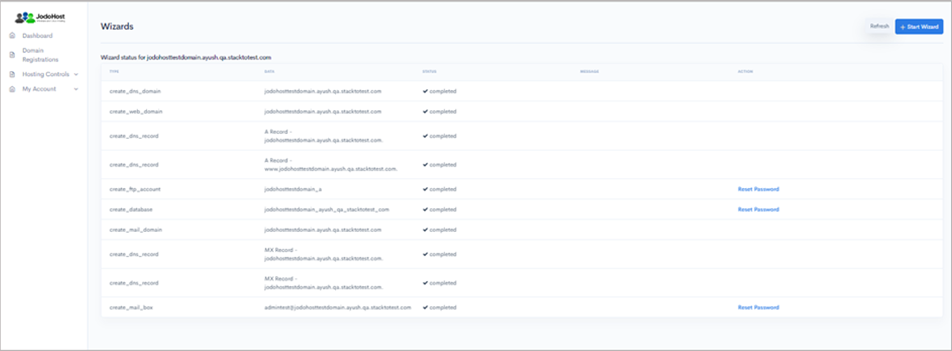
After ensuring that the status for all the services have been completed, choose the option “Domains” under “Hosting control .
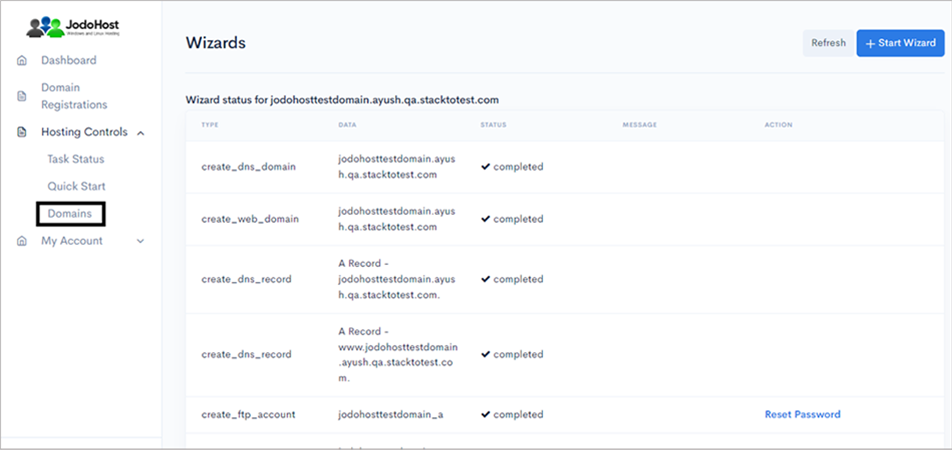
Choose the domain which was created
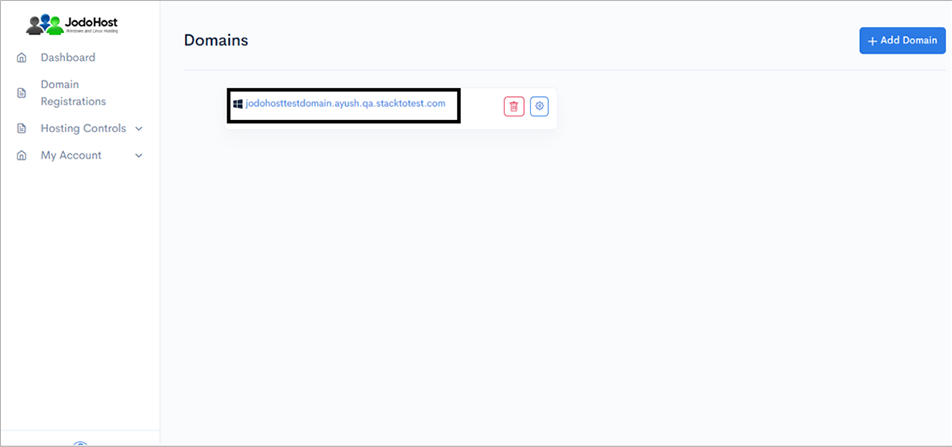
You will enter the Domain Overview page. Click on the option “FTP Users”
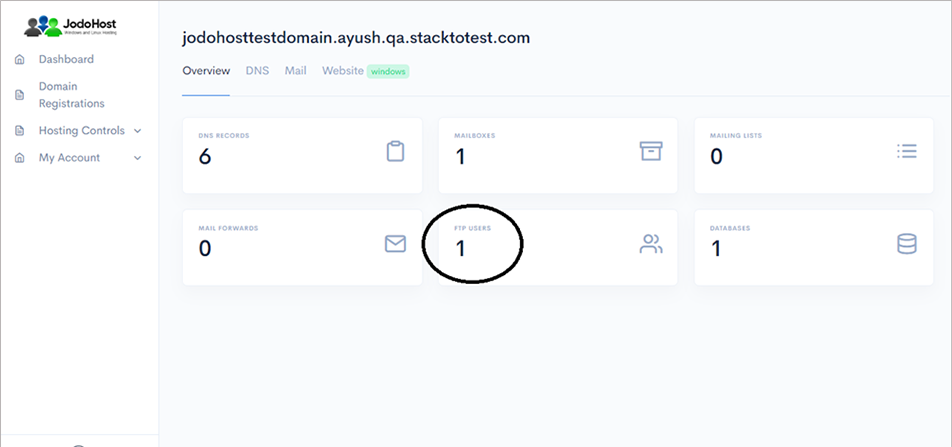
Click on the configuration button to retrieve the FTP details and also set the new password.
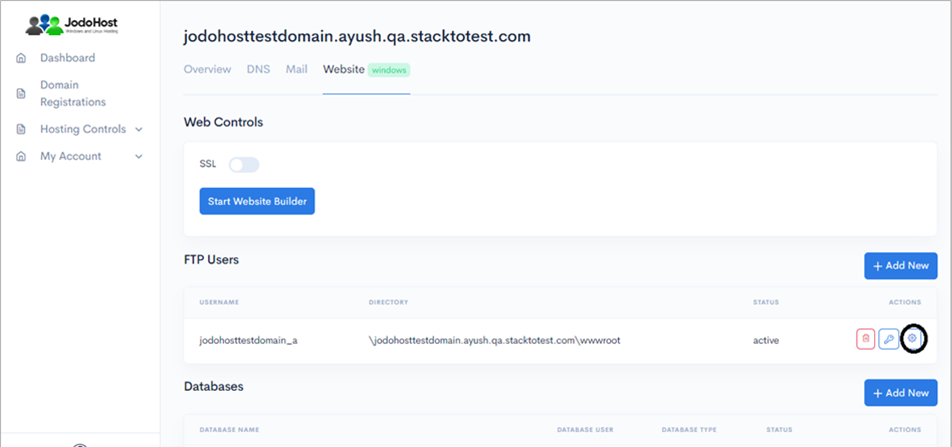
Enter the new password and choose to “change password”
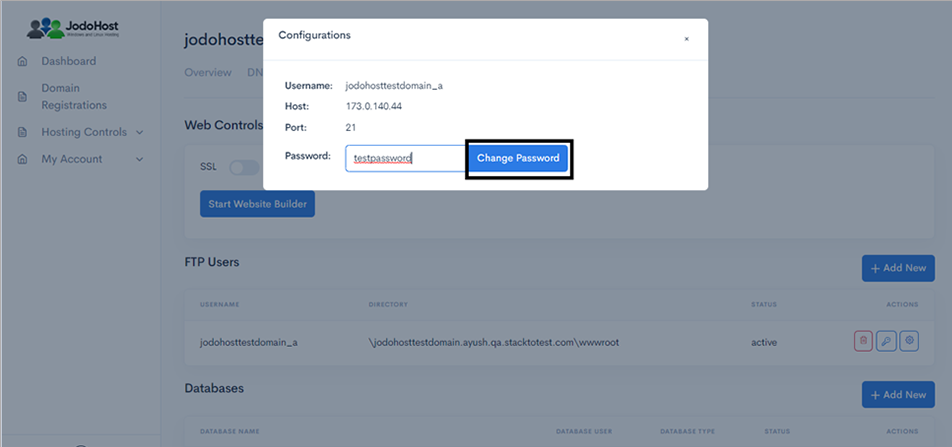
You can also choose to reset the password and use it by choosing the “key” option.
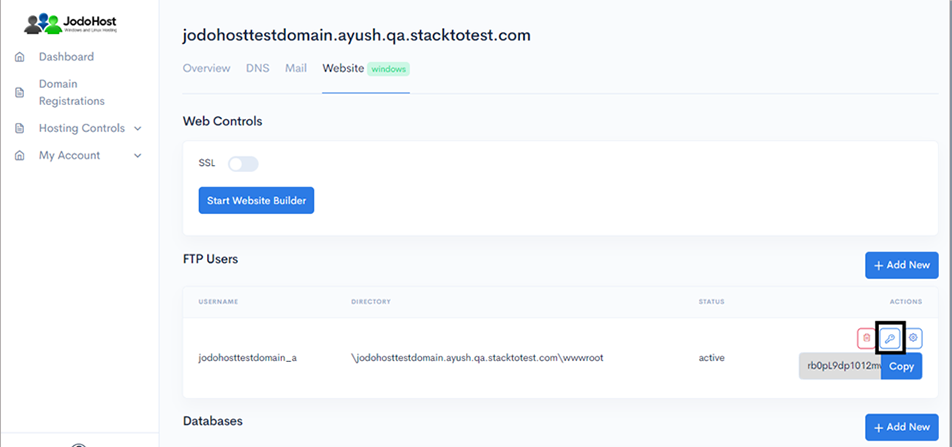
Download B2evolution Download and unzip the B2evolution Package (https://b2evolution.net/downloads/) .
Creating Database Create a MySQL database for B2evolution on your Web Server/Database Server as well as a MySQL user who has all privileges for accessing and modifying the Database.
Upload B2evolution files If you want to integrate B2evolution into the root of your domain (e.g. http://yourdomain.com/), move or upload all contents of the unzipped B2evolution directory (excluding the B2evolution directory itself) into the root directory of your web server. If you want to have your B2evolution installation in its own subdirectory on your website (e.g. http://yourdomain.com/subdirectory/), create the subdirectory on your server and upload the contents of the unzipped B2evolution package to the directory via FTP.
Configuring B2evolution Run the B2evolution installation script by accessing the URL in a web browser. This should be the URL where you uploaded the B2evolution files. (Ex: http://yourdomain.com/install/index.php or, http://yourdomain.com/subdirectory/install/index.php )
The installation wizard will start. Now enter database details (host, db name, db user name, db password) and enter the Base URL & email. Then click on Update Config .
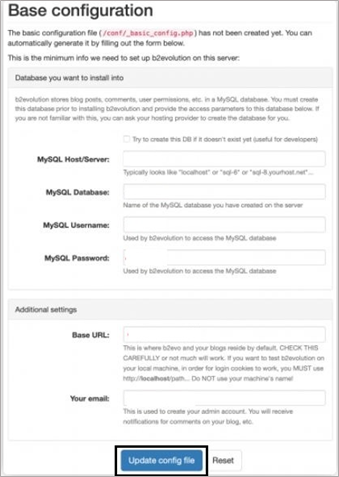
After completion of Installation wizard, in the next screen enter the admin credential (user name and password) . After that it will finish the installation. Configuring B2evolution
